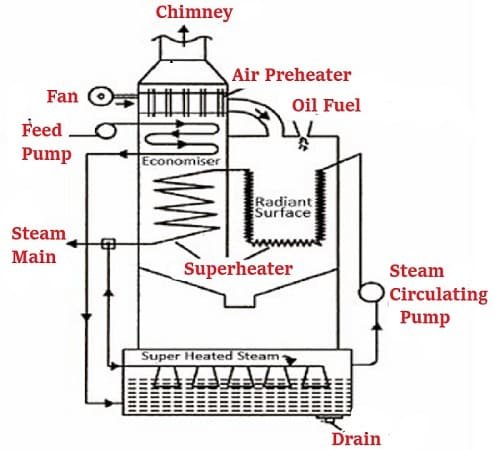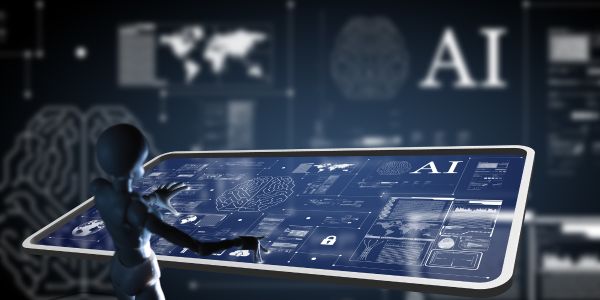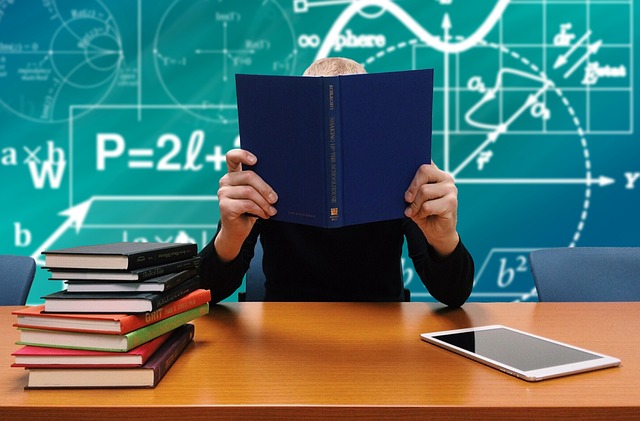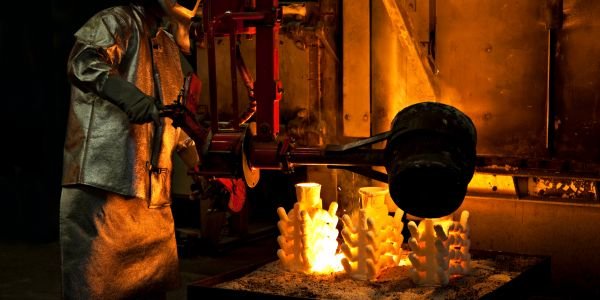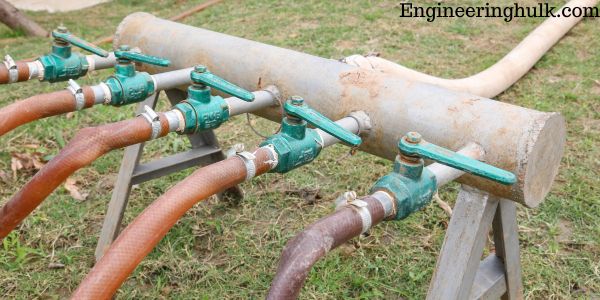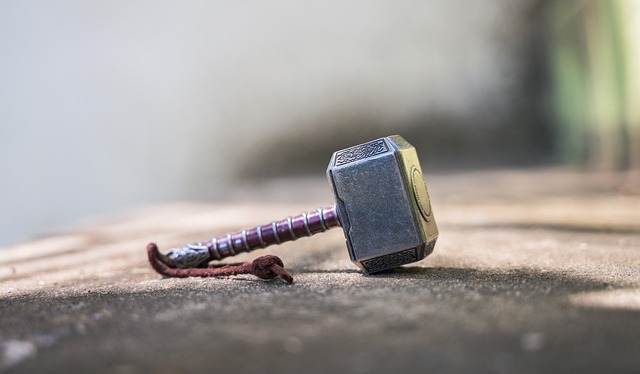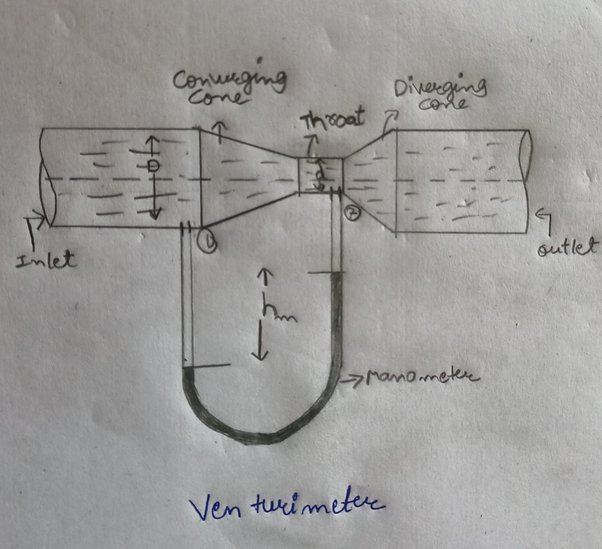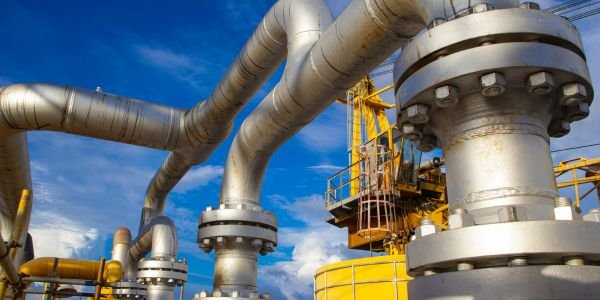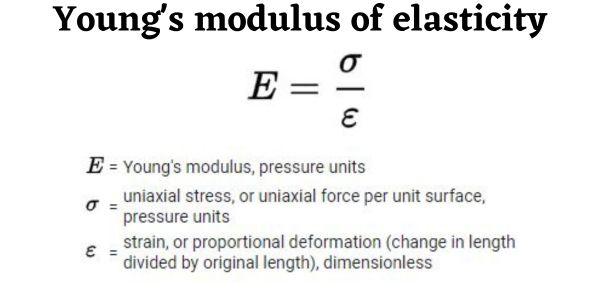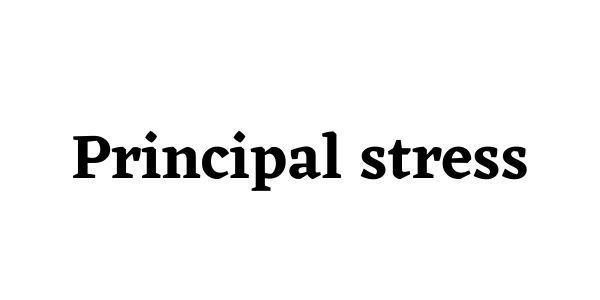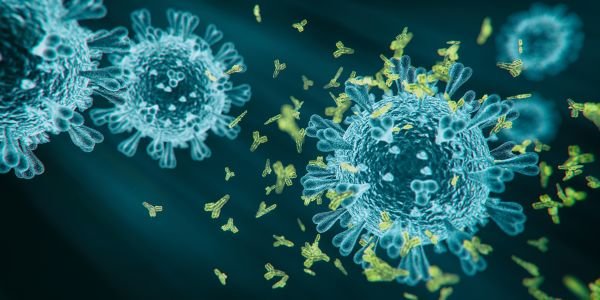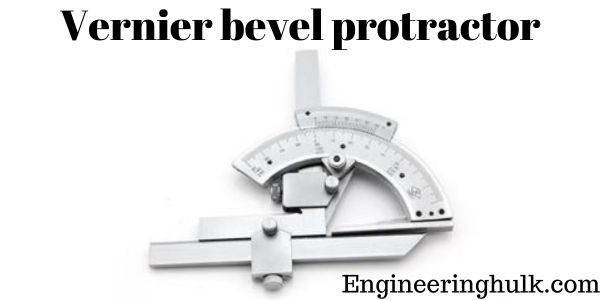Table of Contents
Introduction
Welding is a critical industrial process that joins materials together by melting them and fusing the molten edges. Various welding methods exist, each with its unique characteristics and applications. Flux-core welding, often referred to as FCAW (Flux-Cored Arc Welding), is one such technique that has gained popularity in various industries due to its versatility and efficiency.
Understanding Flux Core Welding
Flux core welding is a type of arc welding that uses a continuous tubular electrode filled with flux, a material that provides both shielding and deoxidizing properties. The welding process generates an electric arc between the workpiece and the consumable electrode, which melts the electrode and creates a weld bead. The flux within the electrode releases gases that shield the molten metal from the surrounding atmosphere, preventing contamination and ensuring a strong bond.
Techniques of Flux Core Welding
- Setup: Before beginning any welding project, proper setup is essential. This involves selecting the appropriate welding machine, electrode, and shielding gas (if applicable). Flux core welding typically uses a constant voltage (CV) power source.
- Joint Preparation: Preparing the joint is crucial for a successful weld. It involves cleaning, beveling, and aligning the workpieces to ensure a proper fit. The joint configuration can vary, including butt joints, lap joints, T-joints, and more.
- Positioning: Flux core welding can be performed in various positions, including flat, horizontal, vertical, and overhead. The choice of position depends on the specific requirements of the welder and the expertise of the welder.
- Welding Technique: The welding technique for flux core welding involves maintaining a consistent travel speed and arc length. Proper manipulation of the welding gun and electrode angle is essential to achieve a smooth and uniform weld bead.

Benefits of Flux Core Welding
- Versatility: Flux core welding can be used on a wide range of materials, including carbon steel, stainless steel, and even some non-ferrous metals. This versatility makes it suitable for various industries, such as construction, shipbuilding, automotive, and manufacturing.
- High Deposition Rates: Flux core welding offers high deposition rates, meaning it can lay down more weld metal in less time compared to some other welding methods. This makes it efficient for applications that require rapid welding.
- All-Position Welding: Flux core welding is well-suited for welding in various positions, making it adaptable to different project requirements and allowing welders to tackle complex joints and structures.
- Cost-Effective: FCAW can be cost-effective due to its high deposition rates and the absence of the need for an external shielding gas, which can be expensive in other welding processes.
Applications of Flux Core Welding
- Structural Steel Fabrication: Flux core welding is commonly used in the construction industry for joining structural steel components such as beams, columns, and trusses.
- Shipbuilding: The shipbuilding industry relies on flux core welding for welding thick plates and creating strong, watertight joints in the construction of ships and offshore platforms.
- Automotive Manufacturing: Flux core welding is employed in the production of automotive components, including chassis frames, exhaust systems, and body panels.
- Oil and Gas Pipelines: The oil and gas industry utilizes flux core welding for the construction and maintenance of pipelines, ensuring they can withstand harsh environmental conditions.
- Aerospace: In the aerospace sector, flux core welding is used to join aircraft components, including the fabrication of engine parts and structural components.
Is flux core welding stronger than MIG?
Whether flux core welding (FCAW) is stronger than MIG (Metal Inert Gas) welding depends on several factors, including the specific application, the materials being welded, and the skill of the welder. Both FCAW and MIG welding have their advantages and disadvantages, and their relative strength is influenced by these factors.
Here are some key points to consider when comparing the strength of flux core welding and MIG welding:
- Welding Process:
- FCAW uses a flux-cored electrode with a flux inside, which provides additional shielding and deoxidizing properties. This can result in improved penetration and the ability to weld through contaminants like rust or mill scale, making it suitable for outdoor and less-than-ideal conditions.
- MIG welding uses a solid wire electrode and a separate shielding gas. The shielding gas protects the weld pool from atmospheric contamination. MIG welding is known for producing cleaner, aesthetically pleasing welds.
- Penetration and Strength:
- FCAW typically has higher penetration capabilities due to the flux’s ability to clean the base metal and provide deeper fusion. This can result in stronger welds, especially when welding thicker materials.
- MIG welding can also produce strong welds, but it may require more skill and proper joint preparation to achieve deep penetration in thick materials.
- Welder Skill:
- The skill and experience of the welder play a significant role in determining the strength of welds. A skilled welder can achieve strong, reliable welds with both FCAW and MIG processes.
- Material Compatibility:
- The choice between FCAW and MIG welding often depends on the type of material being welded. FCAW is particularly well-suited for welding thicker materials, such as structural steel, while MIG welding is commonly used for thinner materials like automotive body panels.
- Cost and Efficiency:
- FCAW can be more cost-effective for some applications because it doesn’t require an external shielding gas. However, the cost-effectiveness also depends on factors like wire consumption and the availability of suitable flux-cored wires.
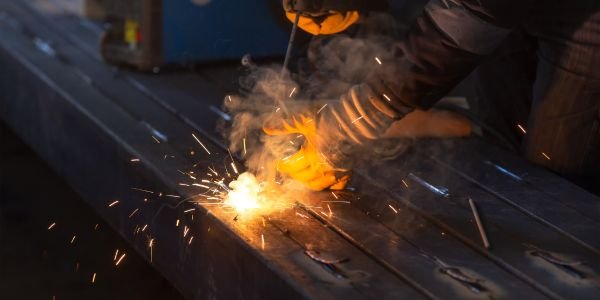
How strong is flux core welding?
The strength of a weld created through flux core welding (FCAW) can vary depending on several factors, including the welding process parameters, the quality of the materials being joined, and the skill of the welder. In general, flux core welding can produce strong and reliable welds when performed correctly. Here are some key factors that influence the strength of flux core welds:
- Welding Parameters:
- Proper selection of welding parameters such as voltage, amperage, wire feed speed, and travel speed is crucial to achieving strong welds. Welding within the recommended parameters for the specific flux-cored wire being used ensures good fusion and penetration.
- Joint Preparation:
- The quality of the joint preparation plays a significant role in the strength of the weld. Beveling, cleaning, and aligning the edges of the workpieces are essential steps to ensure a strong bond.
- Material Selection:
- The type and quality of the base materials being welded also impact the strength of the weld. Flux core welding can be used with various materials, including carbon steel, stainless steel, and certain alloys. The compatibility of the welding process with the base metal is crucial.
- Welder Skill and Technique:
- The skill and experience of the welder are critical factors. A skilled welder who maintains proper technique, including maintaining the correct arc length, electrode angle, and travel speed, is more likely to produce strong and consistent welds.
- Welding Position:
- Flux core welding is versatile and can be performed in various positions, including flat, horizontal, vertical, and overhead. Welding in the appropriate position for the joint’s requirements ensures good penetration and strength.
- Quality Control:
- Employing proper quality control measures, such as inspecting welds for defects and ensuring that the welding equipment is in good working order, is essential for achieving strong and reliable welds.
- Flux-Cored Wire Type:
- The type of flux-cored wire used can also influence the strength of the weld. Different flux-cored wires are designed for specific applications and may offer different properties, including increased strength or resistance to certain types of stress.
Flux core welding, with its versatility, efficiency, and ability to perform in various positions, has become a vital welding technique in several industries. Welders skilled in flux core welding can produce high-quality, strong, and reliable welds, making it an indispensable tool for numerous applications.
As technology continues to advance, the future of flux core welding may bring even more innovative processes and equipment to further improve efficiency and quality in the welding industry.
Also, read Manometer







